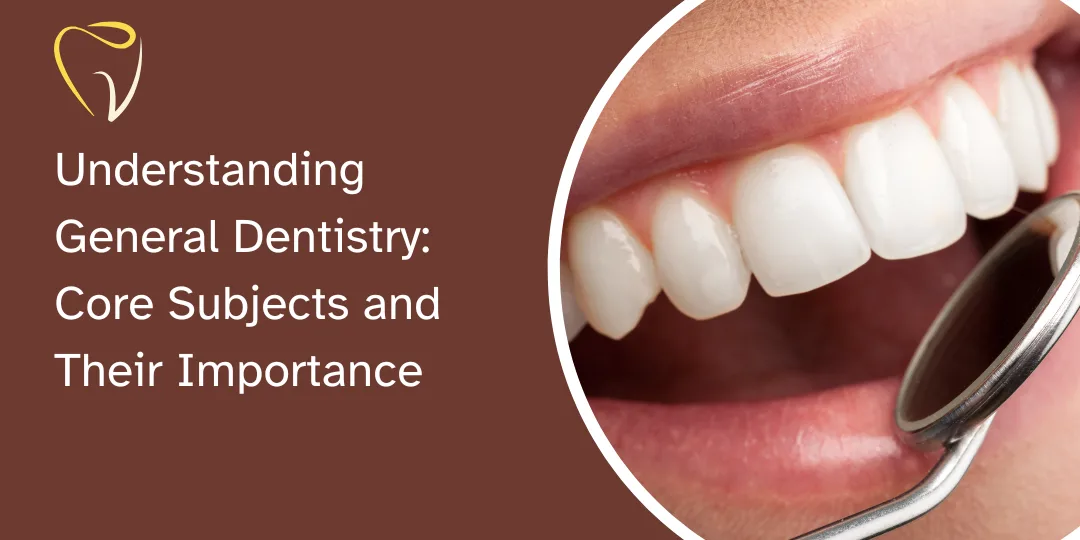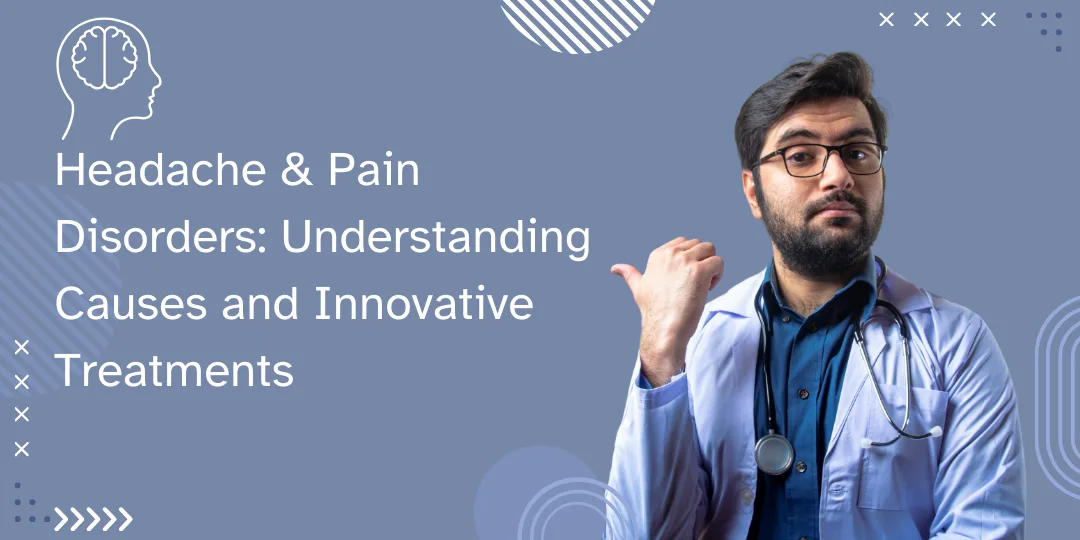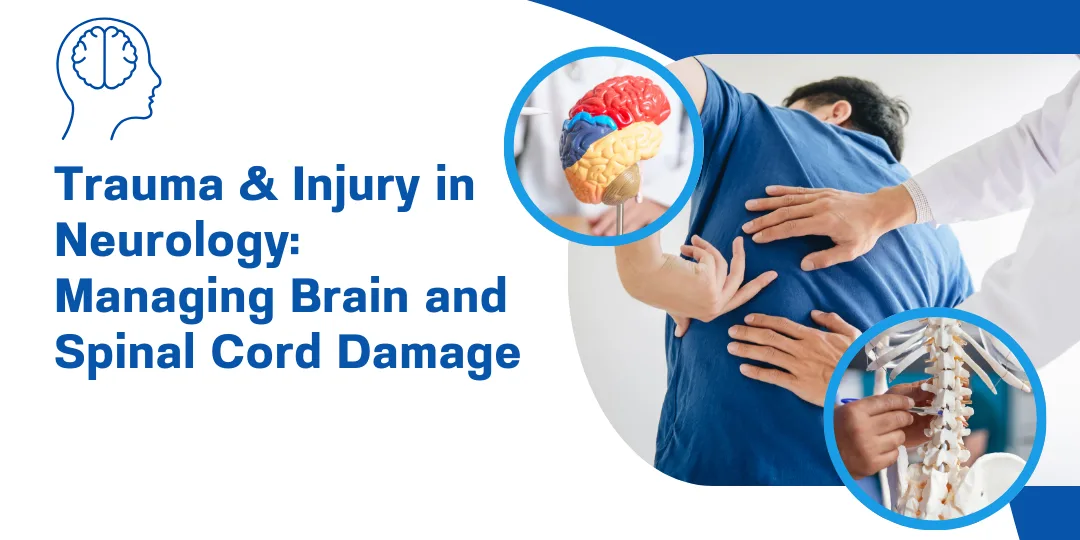Dental implant surgery has evolved significantly, offering patients more precise, minimally invasive, and efficient treatment options. From flapless procedures to full-arch rehabilitations, today’s surgical techniques prioritize patient comfort, faster healing, and long-term success. In this blog post, we explore the most advanced dental implant surgical techniques and protocols, their benefits, and when they are used.
1. Flapless Implant Surgery
What It Is:
A minimally invasive technique where implants are placed without raising a gum flap, using 3D-guided templates for precision.
Key Benefits:
✔ Reduced post-operative pain and swelling
✔ Faster healing (no sutures required)
✔ Lower risk of infection
Best For:
Patients with adequate bone volume who want a quicker recovery.
2. Immediate Loading vs. Delayed Loading
Immediate Loading (Same-Day Teeth)
- Implants are placed, and a temporary crown/bridge is attached within 48 hours.
- Pros: Immediate function, fewer surgeries.
- Cons: Requires excellent primary stability.
Delayed Loading (Traditional Approach)
- Implants are left to osseointegrate (fuse with bone) for 3-6 months before attaching the prosthesis.
- Pros: Higher long-term success rates.
- Cons: Longer treatment time.
Best For:
- Immediate loading: Patients with strong bone density.
- Delayed loading: Cases requiring bone grafting or compromised bone.
3. Guided Implant Surgery (Computer-Assisted Implantology)
How It Works:
- Uses CBCT scans + 3D planning software to create a surgical guide for pinpoint accuracy.
- Ensures optimal implant positioning, avoiding nerves and sinuses.
Advantages:
✔ Minimizes human error
✔ Safe for complex cases (e.g., tilted implants)
✔ Predictable aesthetic and functional outcomes
Best For:
Full-arch restorations, patients with limited bone, or high-risk anatomical areas.
4. All-on-4 / All-on-6 Techniques
What It Is:
- A full-arch restoration using 4 or 6 implants to support a fixed prosthesis.
- Angled implants maximize bone use, often avoiding the need for grafting.
Key Benefits:
✔ Same-day teeth for edentulous patients
✔ Cost-effective (fewer implants needed)
✔ High success rate (over 95% at 10 years)
Best For:
Patients with severe tooth loss or bone atrophy who want a fixed, non-removable solution.
5. Zygomatic Implants (For Severe Bone Loss)
What It Is:
- Implants are anchored in the zygomatic (cheek) bone instead of the maxilla.
- Bypasses the need for sinus lifts or bone grafts.
Advantages:
✔ Immediate function possible
✔ Ideal for atrophic upper jaws
✔ Reduces treatment time
Best For:
Patients with extreme bone loss in the upper jaw who cannot undergo traditional implants.
6. Socket Shield Technique (For Aesthetic Preservation)
What It Is:
- A portion of the natural tooth root is left in place during extraction to preserve gum and bone.
- The implant is placed alongside the remaining root fragment.
Key Benefits:
✔ Maintains natural gum contours (critical for front teeth)
✔ Prevents bone collapse post-extraction
Best For:
Patients needing immediate implants in the aesthetic zone (front teeth).
Conclusion
Advancements in dental implant surgical techniques have made tooth replacement faster, safer, and more predictable than ever. Whether you need a single tooth or a full-mouth restoration, modern protocols like guided surgery, All-on-4, or zygomatic implants offer customized solutions for every patient.
Consult with an experienced implantologist to determine the best technique for your unique needs!













0 Comments